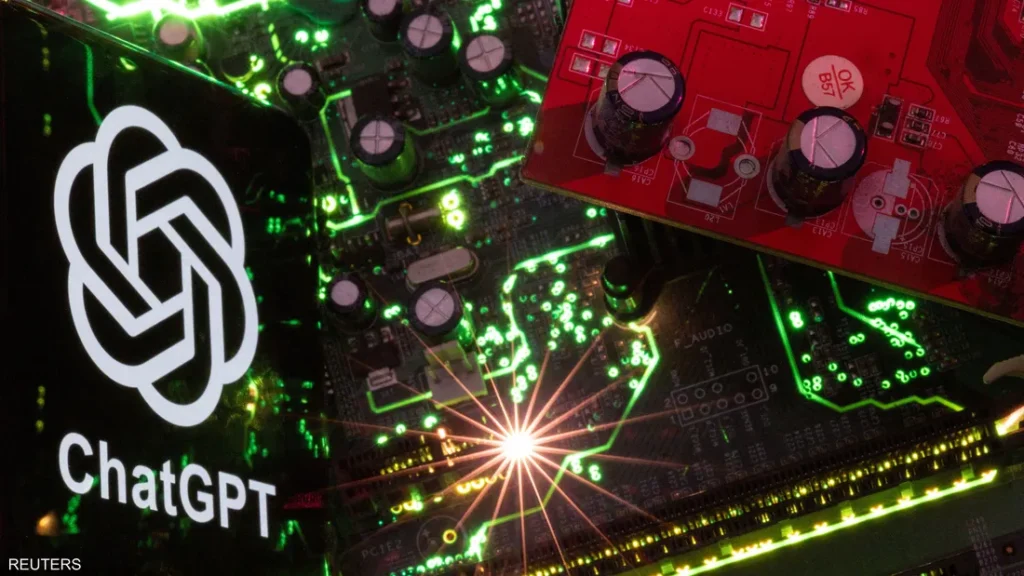OpenAI, the creator of the world-renowned chatbot ChatGPT, has unveiled its GPT-5 AI model, marking a major milestone in the global race for artificial intelligence dominance.
The model will be rolled out to all 700 million ChatGPT users, including those on the free plan, in the coming months.
GPT-5 AI model: From College Student to PhD-Level Expertise
OpenAI CEO Sam Altman described GPT-5 AI model as a “huge leap in intelligence” compared to previous versions.
While GPT-4 communicated at the level of a college student, GPT-5 operates like an expert with a PhD in any subject.
One of its flagship features is the ability to deliver custom-built software on demand, powered by what Altman calls “Vibe Coding” — the generation of fully functional programs based solely on written prompts.
Launch Timing and Industry Context
The launch comes at a critical moment for the AI industry.
Tech giants like Alphabet (Google), Meta (Facebook), Amazon, and Microsoft — a key OpenAI backer — are collectively expected to invest nearly $400 billion this fiscal year in AI-dedicated data centers.
Investor confidence is riding high on expectations of transformative returns.
Live Demos: A Glimpse of AI’s Future
In live demos, GPT-5 AI model showcased the ability to:
- Build complete, functional software applications from simple text instructions.
- Solve advanced mathematical and scientific problems with unprecedented speed and accuracy.
- Use “Test-Time Compute” — a first for the public — to “think longer” on complex tasks, improving reasoning, decision-making, and problem-solving.
Expert Reactions: Impressive, But Not a Revolution
Industry experts told Reuters that GPT-5’s performance in coding, science, and mathematics is “astonishing,” though the leap from GPT-4 is less dramatic than past generational shifts.
Altman acknowledged that GPT-5 still lacks self-learning abilities, a key capability for reaching human-level AI.
Technical Challenges and Data Limitations
OpenAI has faced hurdles scaling its models:
- Data Shortages: Large language models have already consumed most of the internet’s quality text data.
- Training Risks: Complex training cycles can take months and fail late in the process.
- Computational Demands: Expanding AI reasoning requires massive infrastructure and energy investments.
The company sees Test-Time Compute as a breakthrough to overcome these bottlenecks, enabling the model to dedicate more processing power to challenging queries.
Read also: ChatGPT Study Mode Ignites A Strong Competition in AI Market
Competitive AI Landscape
OpenAI is in fierce competition with:
- Anthropic
- xAI (founded by Elon Musk)
- Google DeepMind
- Meta AI
Microsoft has already confirmed plans to integrate GPT-5 AI model into its Office suite, Azure AI services, and other flagship products.
Valuation and Business Moves
OpenAI is reportedly in early talks to sell shares held by current and former employees, valuing the privately held company at $500 billion — a massive jump in market worth.
AI’s Evolution: From GPT-3.5 to GPT-5
- 2022: ChatGPT introduced generative AI to the world, producing human-like prose and poetry.
- 2023: GPT-4 achieved a top 10% bar exam score, compared to GPT-3.5’s bottom 10%.
- 2025: GPT-5 brings on-demand software creation and advanced reasoning, moving AI closer to real-world professional capabilities.


